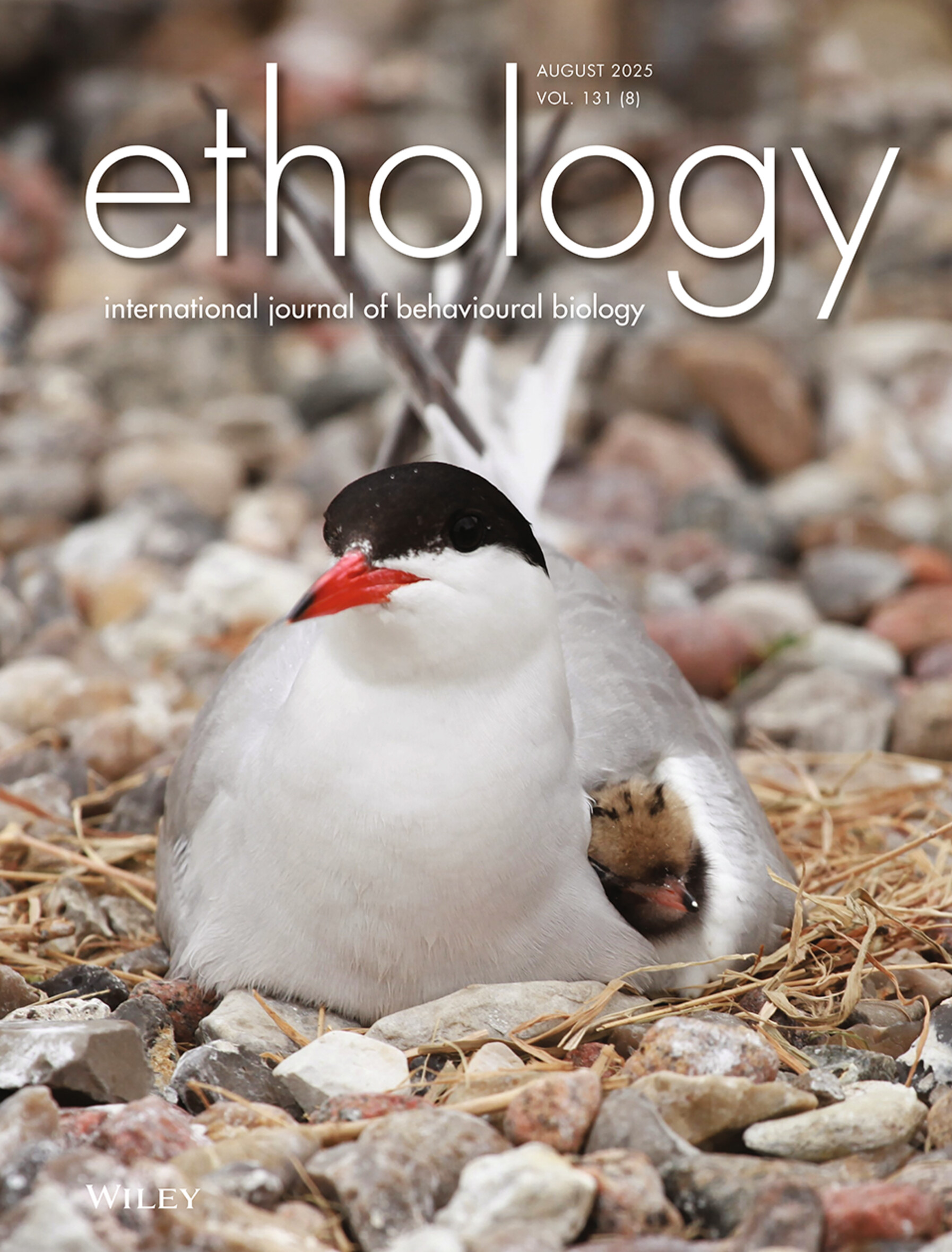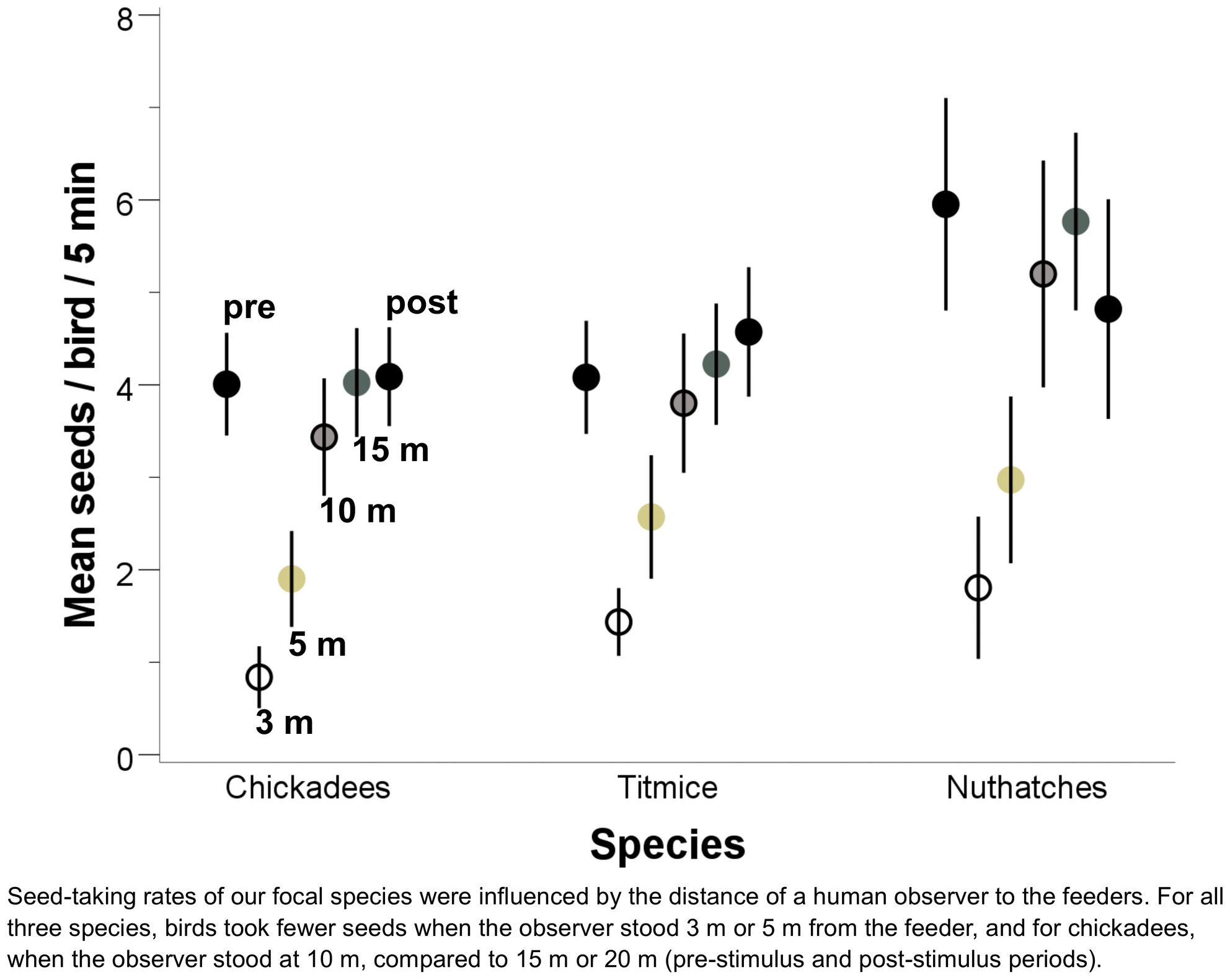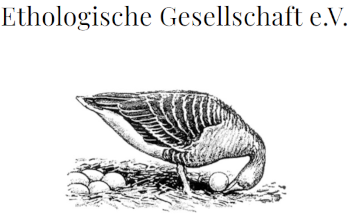Journal list menu
Export Citations
Download PDFs
COVER PICTURE AND ISSUE INFORMATION
RESEARCH ARTICLE
Individual Discrimination Within, but Not Between, Two Vocalization Types of the Black-Capped Chickadee
- Pages: 1-12
- First Published: 19 April 2025
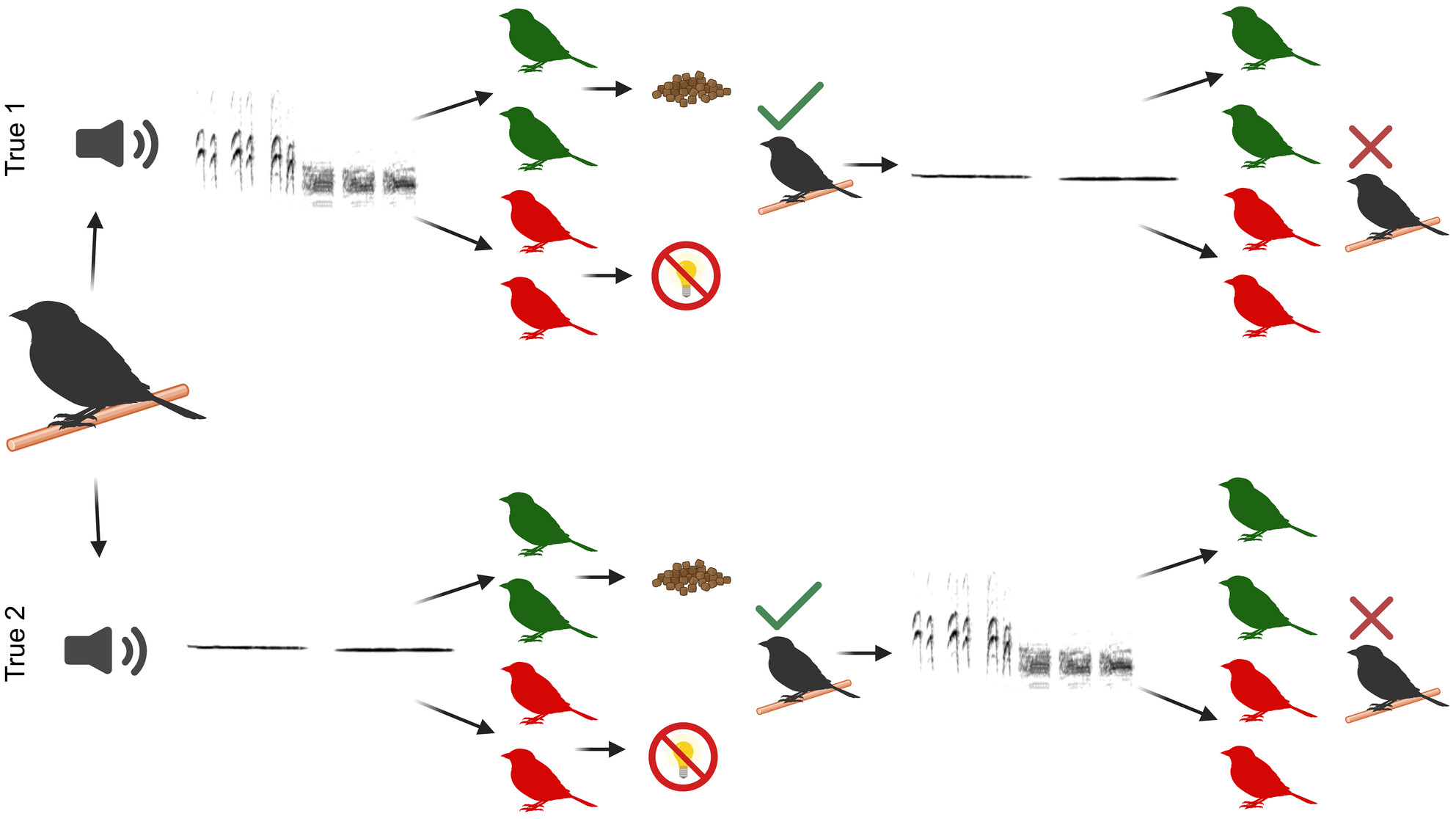
Black-capped chickadees' chick-a-dee calls and fee-bee songs are individually distinct. We used an operant conditioning Go/No-go paradigm to train chickadees to discriminate among four individuals' chick-a-dee calls or fee-bee songs. Chickadees successfully learned this discrimination rule. However, when presented novel stimuli of the untrained vocalization type from the same individuals, chickadees failed to generalize the rule. Our results suggest both calls and songs can be used for individual discrimination, but chickadees may rely on other information to generalize across vocalizations.
Strategic Deployment of Secondary Defences in the Springbok Mantis (Miomantis Caffra)
- Pages: 13-21
- First Published: 30 April 2025
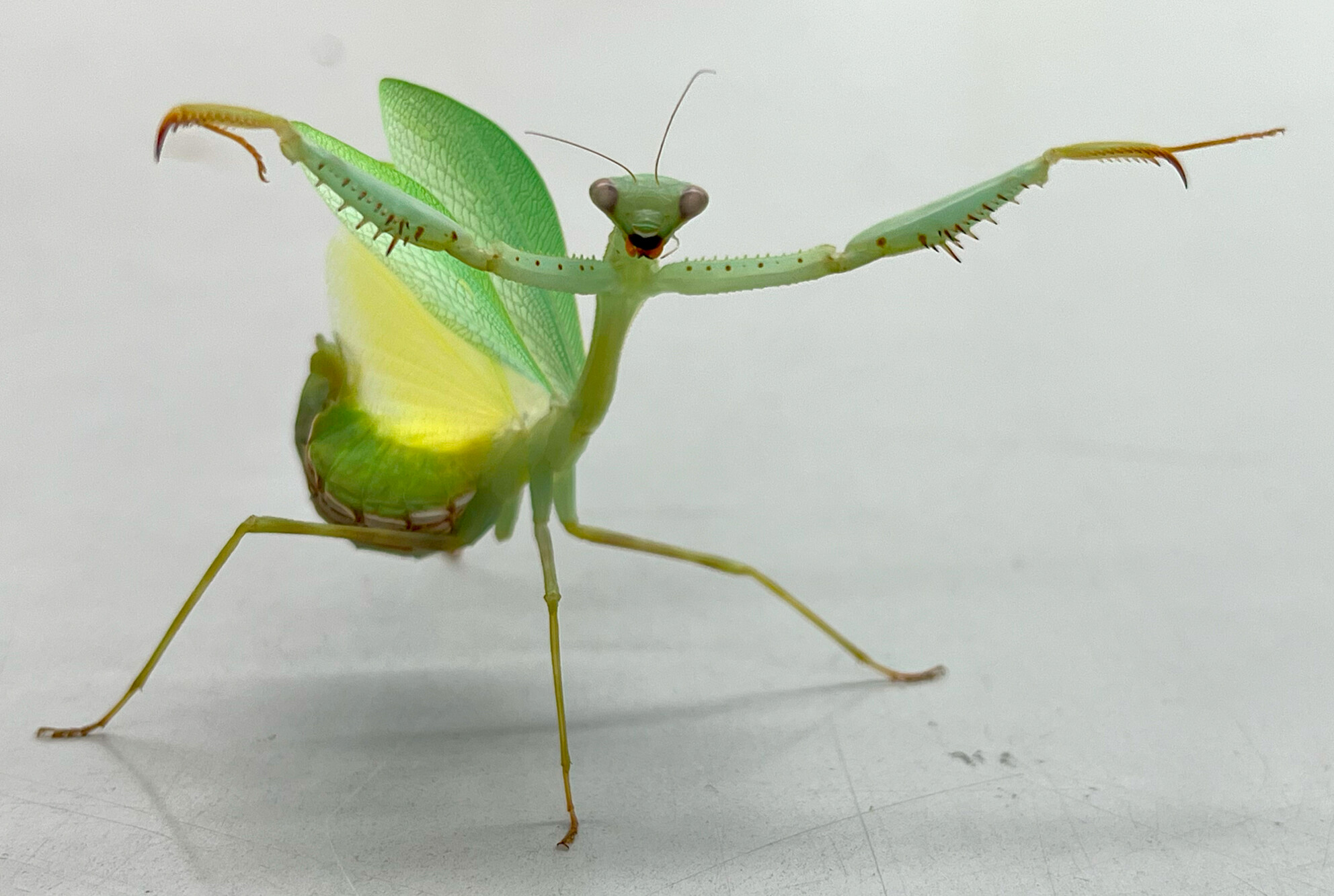
Prey often use multiple defences for warding off predator threats. But the factors that influence their optimal deployment are poorly understood. In the springbok mantis, we show that females utilise their defences strategically to match the level of the threat by fleeing in early phases of the predation sequence and standing their ground with startle displays and weaponised foreleg attacks at later phases. We also show that defence expression is dependent on female gravidity, reflecting a functional trade-off between fleeing and fighting.
Deer Vigilance and Movement Behavior Are Affected by Edge Density and Connectivity
- Pages: 22-30
- First Published: 19 May 2025
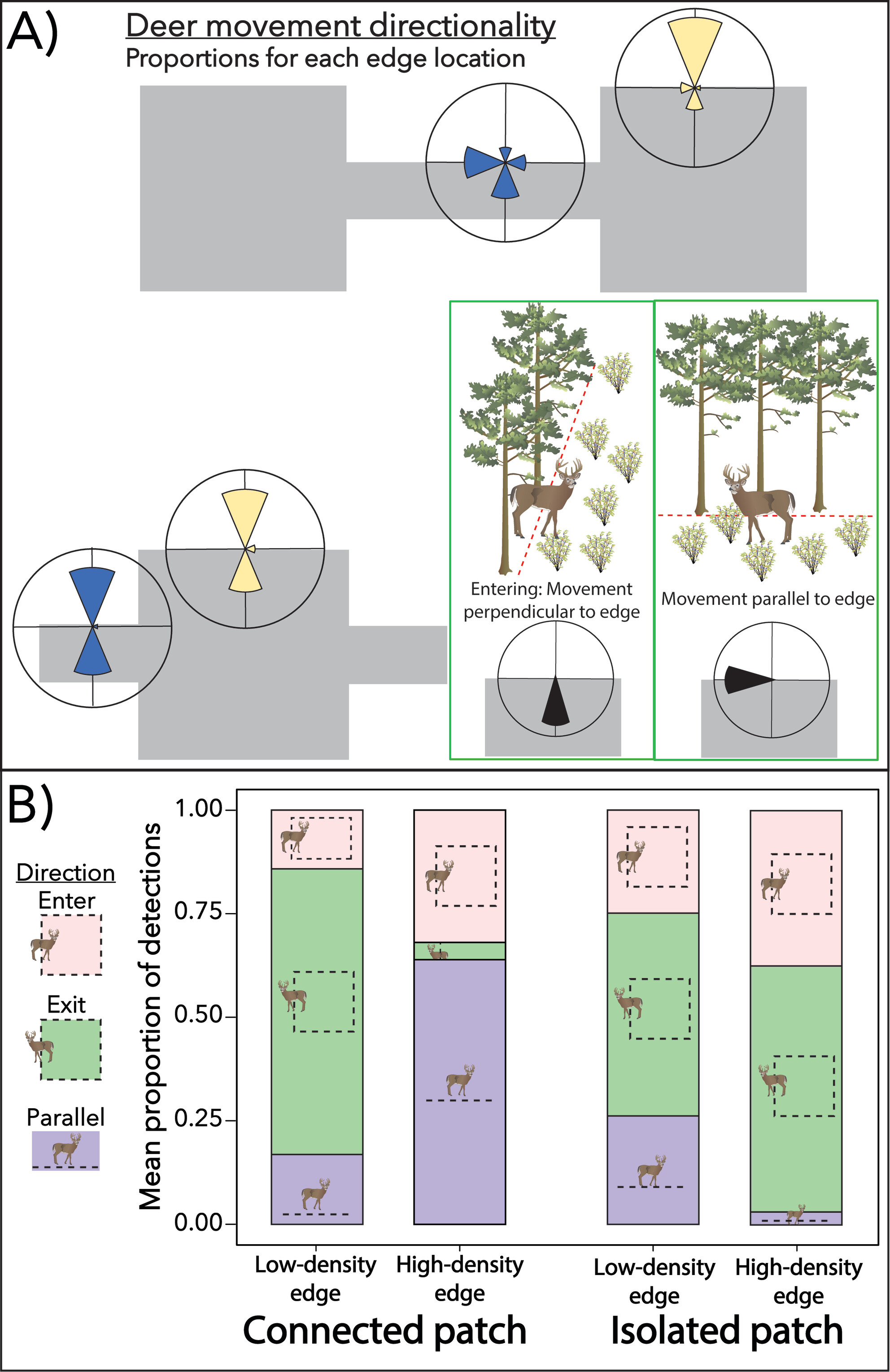
Human modifications of landscapes can have effects on animal behavior that are poorly understood. We examined whether deer antipredator behavior and movement behavior were affected by the density of habitat edges in a habitat patch, the connectivity of the habitat patch, or both. In finding that edge density was a primary driver of antipredator behavior, whereas movement behavior depended on both edge density and connectivity, our results suggest that widespread habitat modification affects deer behavior.
Lionfish (Pterois volitans) Show Social Attraction to Conspecifics When Selecting Shelters
- Pages: 31-38
- First Published: 12 May 2025
Evasive Maneuvers of Mosquitoes Reveal Variability in Escape Success and Echolocation Plasticity of Myotis riparius (Vespertilionidae)
- Pages: 39-47
- First Published: 14 May 2025
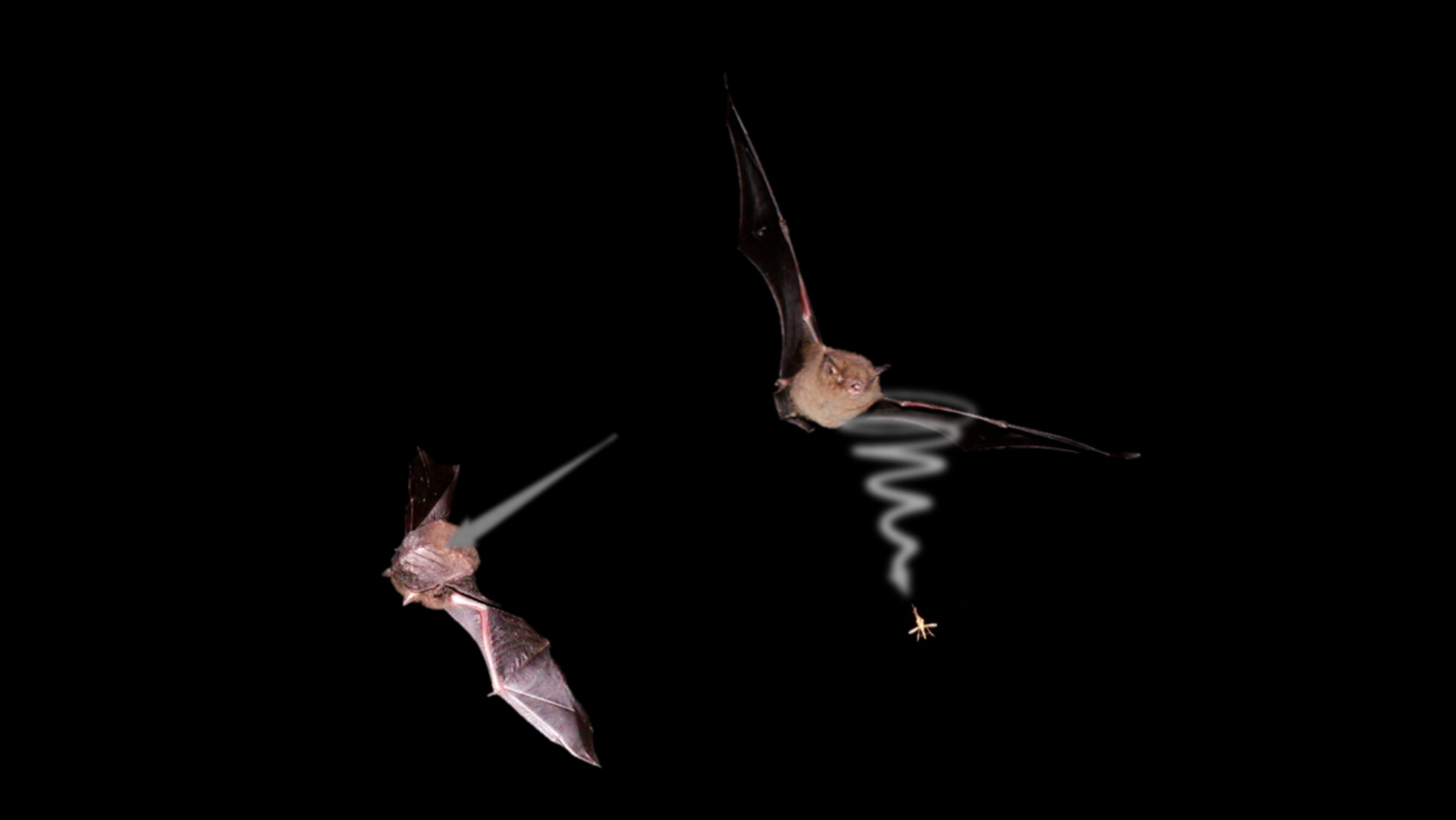
Escape strategy define survival: When under aerial attack, prey must execute precise maneuvers to evade capture. This study reveals contrasting escape strategies in two mosquito species—Aedes scapularis and Culex quinquefasciatus—when pursued by Myotis riparius bats. C. quinquefasciatus employs rapid, looping dives, proving ten times more effective than the linear flight of A. scapularis. Meanwhile, bats recalibrate their echolocation to counteract evasive tactics. These interactions highlight the adaptive interplay between predator and prey, offering insights into the evolutionary forces shaping insect flight and survival mechanisms.
Observer Distance and Identity Effects on Mixed-Species Flocks of Parids
- Pages: 48-54
- First Published: 03 June 2025
Individual Behavioral Responses to Novel Stimuli in Breeding Common Terns (Sterna hirundo)
- Pages: 55-63
- First Published: 26 May 2025
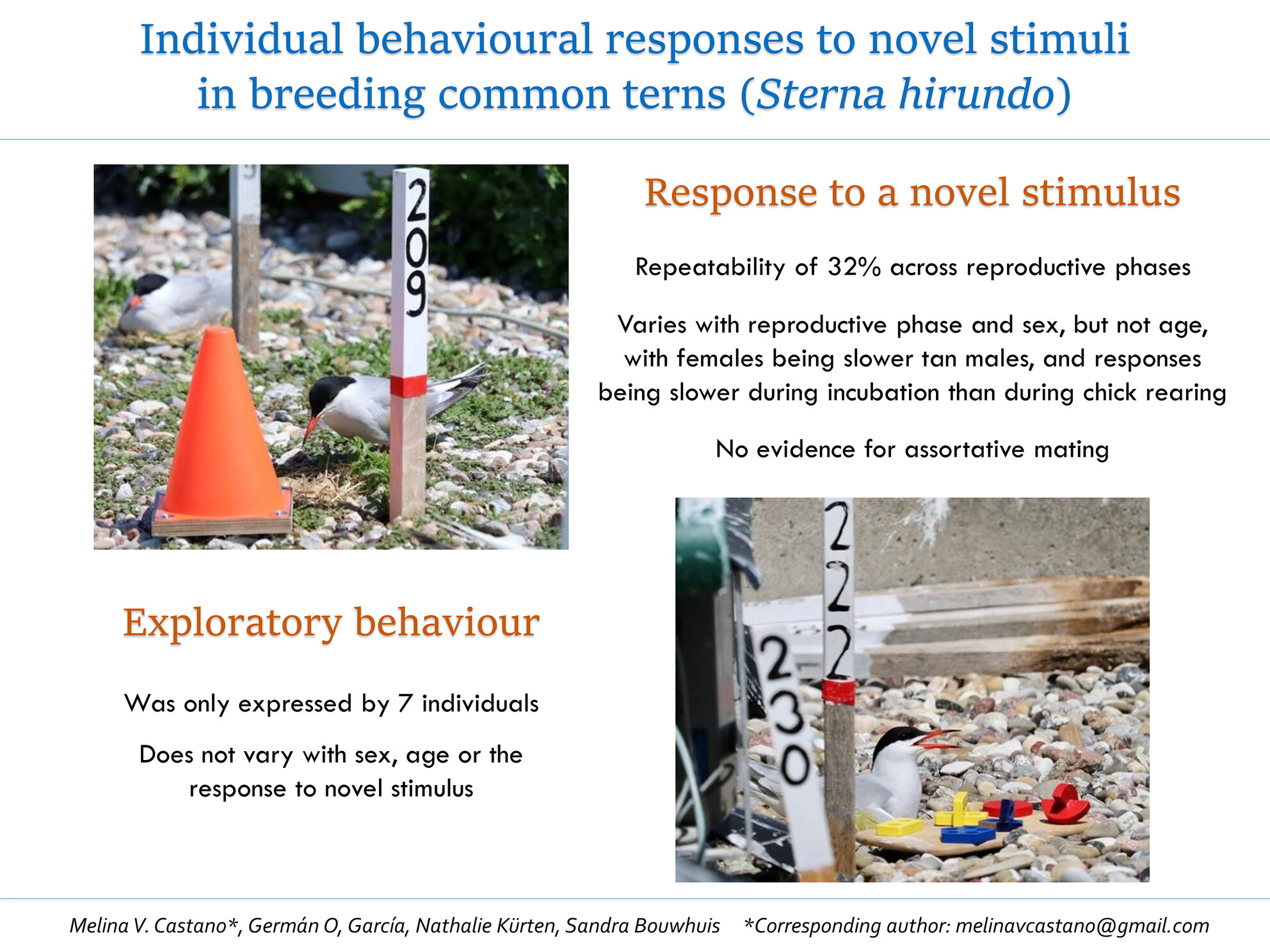
We analyzed behavioral responses of 42 breeding terns to novel stimuli, considering intrinsic characteristics. The response was repeatable, stronger (i.e., individuals approached slower) in females and during incubation. There was no evidence for assortative mating based on this trait. Exploratory tendency was only expressed by seven individuals and unrelated to sex, age, and the response to novel stimulus. Results suggest that parental role differences and offspring vulnerability influence decision-making of breeding terns when facing novel stimuli.





